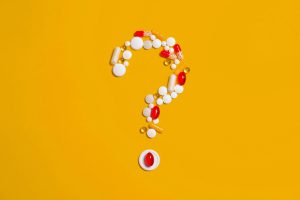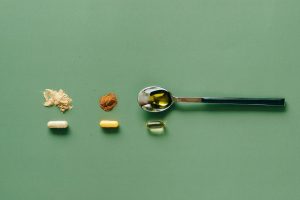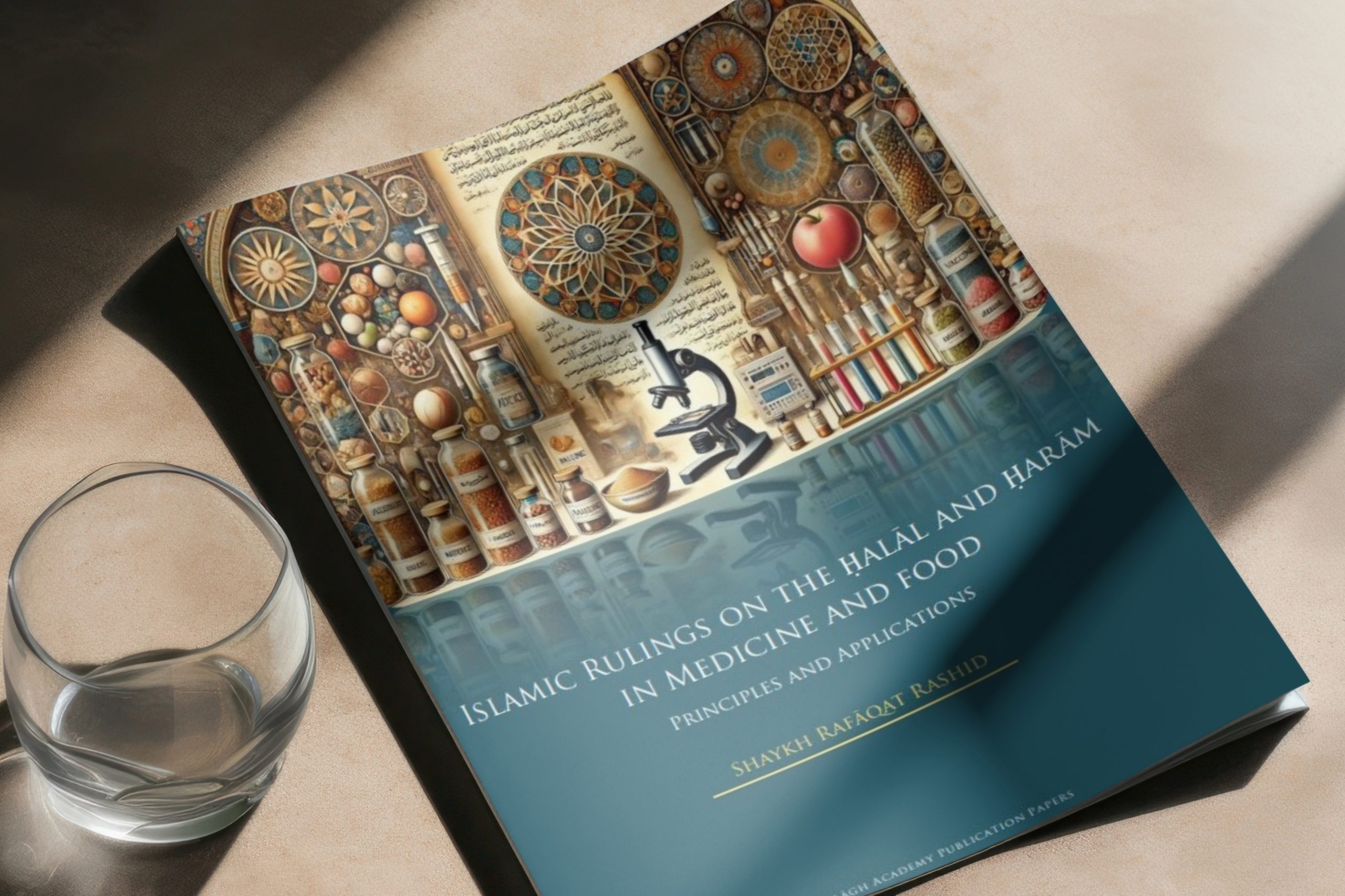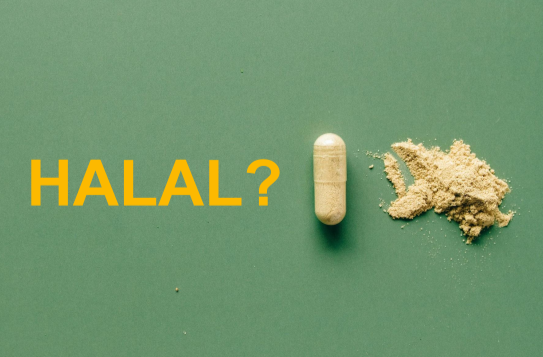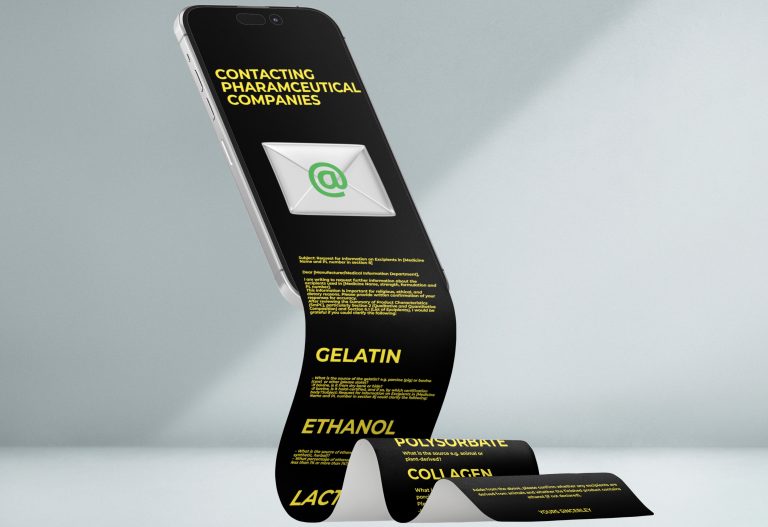Chinese hamster ovary cells in medicines
This resource explains the use of Chinese hamster ovary cells in medicines and outlines the Islamic rulings on its permissibility.
What are Chinese hamster ovary cells and how are they used in medicines?
- CHO cells are derived from the epithelial cell line of the ovaries of the Chinese hamster, a small rodent native to China and Mongolia.1
- Due to their similarity to the human cell system, CHO cells are used to make proteins in medicines such as vaccines and biologics. Biologics are used to treat severe inflammatory diseases, autoimmune disease and some cancers.2
- CHO cells are not used as an ingredient or excipient (so is not found in the final medicine product) but they are used in the production of biologics and vaccines.
For more detailed scientific information regarding CHO cells, click the button below.
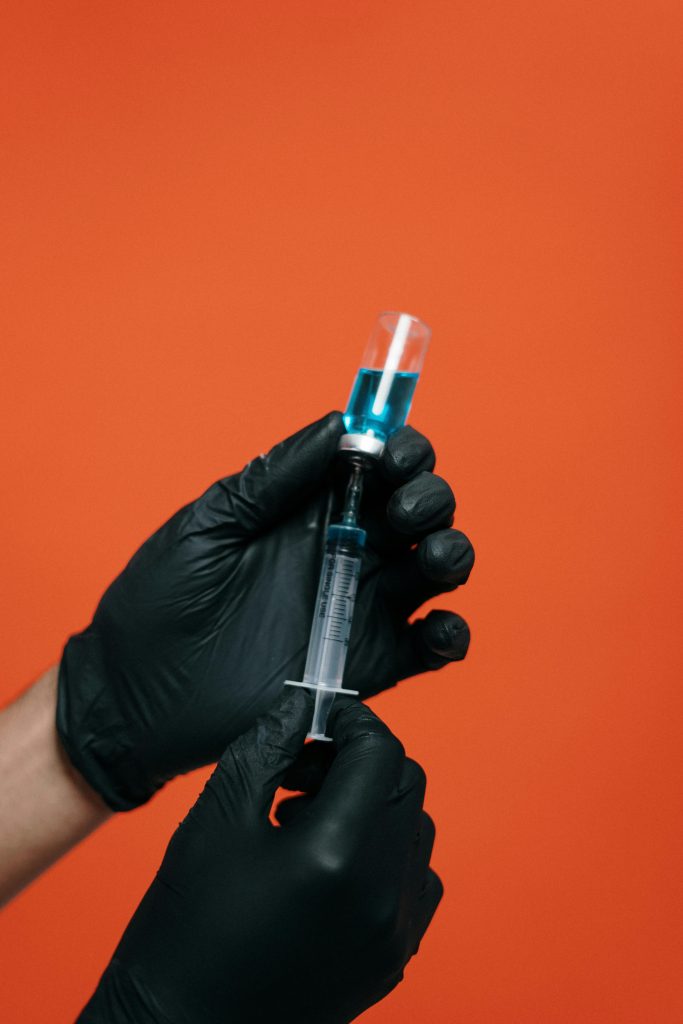
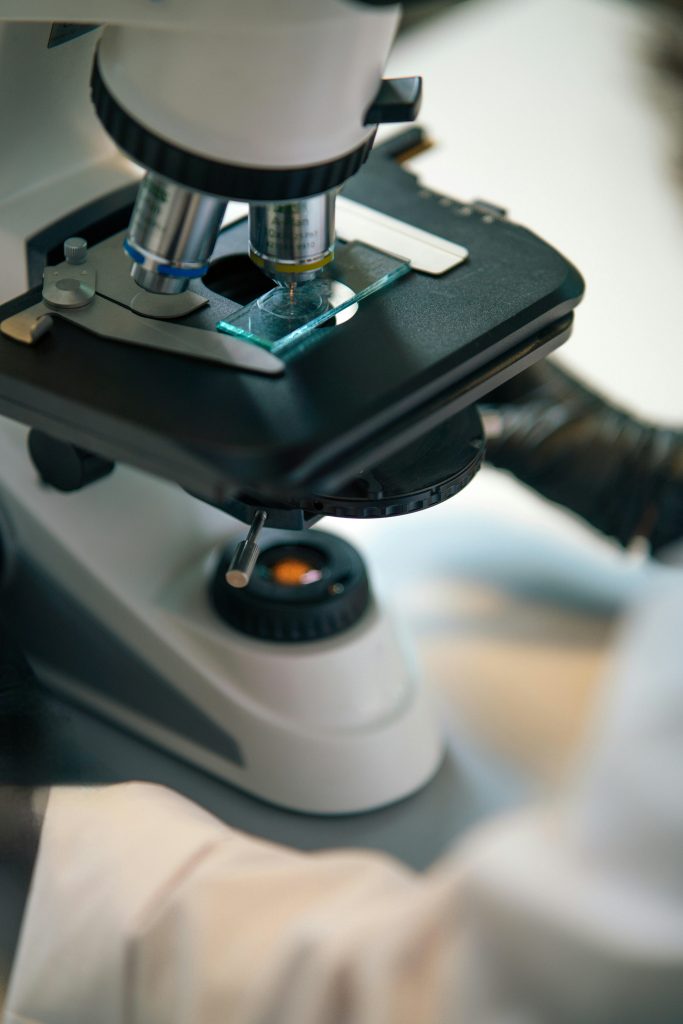
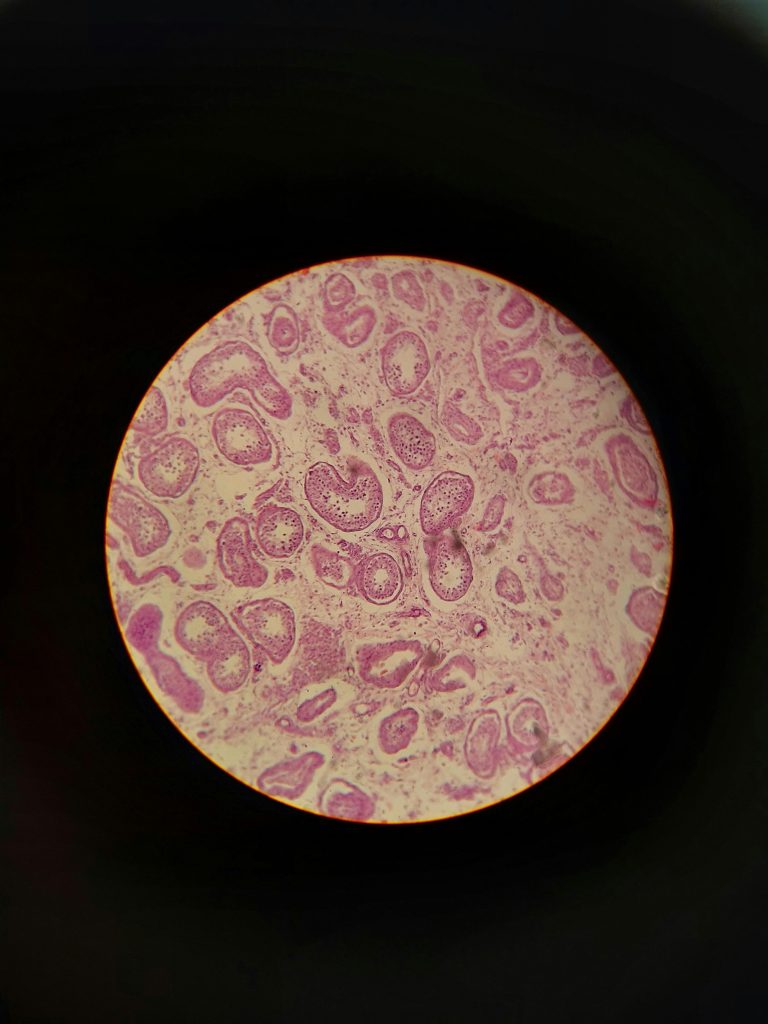
🕌 Islamic ruling on CHO cells
| Source | Ruling (Hanafi,Maliki, and some Hanbali) | Shafiʿi and Hanbali |
|---|---|---|
| Chinese hamster ovary cells | ✅The CHO cell line itself is impure (najis) and its direct use is haram, but products (proteins) derived from it are considered pure (tahir) and therefore halal to consume. | ❌Haram to consume — both the cell line and its derived products are regarded as impure and impermissible (haram). |
CHO cells are derived from the Chinese hamster, a rodent, and are therefore haram to consume according to all four schools of thought (Hanafi, Maliki, Shafiʿi and Hanbali). As such, the CHO cell line itself is considered impure (najis).3 However, in biopharmaceutical production, the final therapeutic protein or product undergoes extensive purification and filtration, during which CHO cells and their remnants are effectively removed. The resulting substance is chemically and biologically distinct from the original cell line and is generally regarded as pure (tahir) and halal to consume by the majority of scholars, given that no trace of the impure source remains.
Nevertheless, some scholars maintain that cross-contamination with a legally impure (najis) source renders the product impermissible (haram) regardless of purification.
For those holding this stricter view, it is important to note that many CHO-derived medicines currently have no equally effective halal-certified alternatives. Therefore, their use may be considered permissible (mubah) under the principle of darurah (necessity) or hajah shadidah (pressing need) until suitable halal options become available.
For a more detailed explanation regarding the reasons behind these rulings, click the button below.
💭Did you know?
Even if a medicine contains an ingredient/excipient from a haram source or is produced using a haram derivative, it may still be permitted in certain cases. Here are three Islamic maxims (principles):
- Medical need or necessity (hajah or darurah): Under this principle, if there is a medical necessity, such as an emergency situation, or where there is a strong chance the individual’s health will deteriorate, and if no viable halal alternative is available, then it is permitted to take a medicine produced using a haram derivative (in this case, CHO cells), until a viable halal alternative becomes available.
- An impermissible medicine becomes permissible if five conditions are fully met (click here to learn what the five conditions are).
- Hardship begets facility (al-mashaqqa tajlib at-taysir): Under this principle, if applying religious practice becomes too burdensome or creates hardship, then leniency can be applied to ease it (Click here to read more). If you have tried your best to seek an alternative halal medicine and it becomes too difficult for you, this principle allows you to take/use the medicine you have been prescribed/supplied.
⚠️ Important information for patients
- Always take or use your medicine(s) exactly as directed or prescribed by your healthcare professional (HCP), such as your doctor or pharmacist
- Do not stop, delay, change or alter the way you take or use your medicine(s) without first discussing it with the HCP who prescribed or supplied it to you
- Always consult your HCP if you have any questions or before making any decisions about your treatment
- For Islamic guidance, seek advice from your local Imam or a trusted Islamic scholar – ideally someone with relevant knowledge and expertise in the fiqh (Islamic rulings) of medicines
- Use the information gathered to make an informed decision together with your HCP and, if needed, your local Imam or trusted Islamic scholar.
Click to view examples of common biologic medicines that are derived from CHO cells:
These medicines are usually specialist medicines initiated by specialists. Please note, this list is not exhaustive, and does not include vaccines. 4
| Drug Name | What the drug is used to treat |
|---|---|
| Avelumab | used to treat a variety of cancers |
| Nivolumab | |
| Pembrolizumab | |
| Abatacept | various forms of arthritis |
| Adalimumab | usually used to treat rheumatoid arthritis, psoriatic arthritis, plaque psoriasis, Crohn’s disease, uveitis, ulcerative colitis, ankylosing spondylitis and Hidradenitis Suppurativa |
| Aflibercept | various disorders of the eyes |
| Agalsidase beta | Fabry disease |
| Darbepoetin alfa | anaemia caused by chronic kidney disease |
| Epoetin alfa | anaemia caused by chronic kidney disease, chemotherapy or in those undergoing surgery |
| Etanercept | usually used to treat rheumatoid arthritis or psoriatic arthritis |
| Follitropin alfa | used to treat infertility in women |
| Interferon beta-1a | multiple sclerosis |
| Laronidase | used to treat a genetic disorder called Mucopolysaccharidosis type I (MPS I) |
| Omalizumab | used to treat severe allergies, allergic eczema, and certain types of urticaria |
| Tenecteplase | treats conditions caused by blood clots |
| Thyrotropin alfa | used to treat thyroid cancer |
FAQs
Disclaimer
- This resource is for educational purposes only. It does not constitute clinical, medical, or professional healthcare advice and should not replace individual clinical judgement or qualified religious guidance
- Always consult your doctor, pharmacist, or other healthcare professional regarding your own medical conditions or for advice on treatment options
- Healthcare professionals remain fully responsible and accountable for decisions made within their own scope of practice.
References and further resources
- Evitria CHO cells – 7 facts about the cell line derived from the ovary of the Chinese hamster. Accessed 14.3.2025 from: https://www.evitria.com/journal/cho-cells/cho-cells/#:~:text=As%20the%20name%20suggests%2C%20Chinese,toxicity%20assays%20and%20gene%20expression. ↩︎
- Luther, E. (2025) Biological treatments, DermNet®. Available at: https://dermnetnz.org/topics/biologics (Accessed: 10 June 2025) ↩︎
- Islamic use of Hamster Ovary by Shaykh Dr Rafaqat Rashid ↩︎
4. British National Formulary (BNF). Available at: https://bnf.nice.org.uk/


